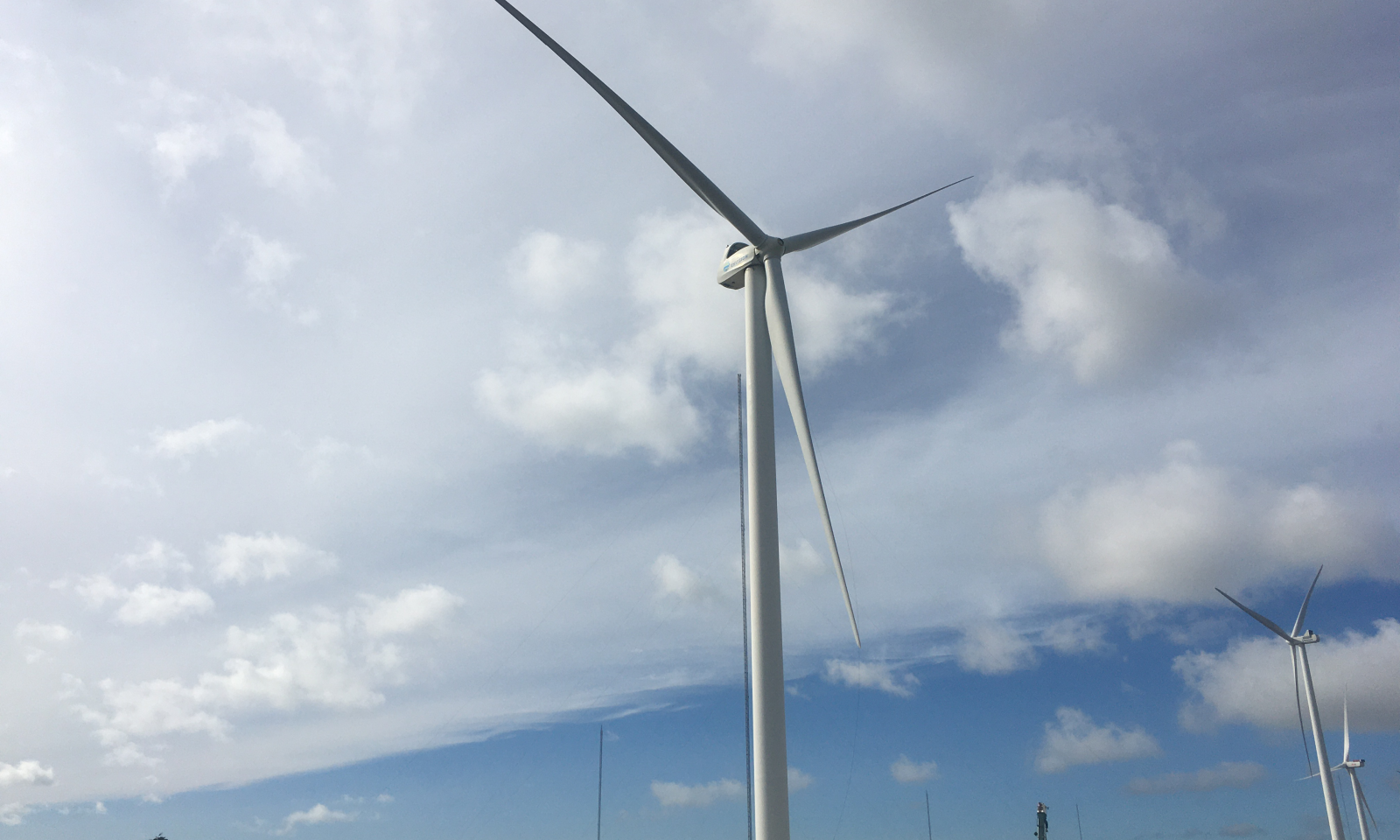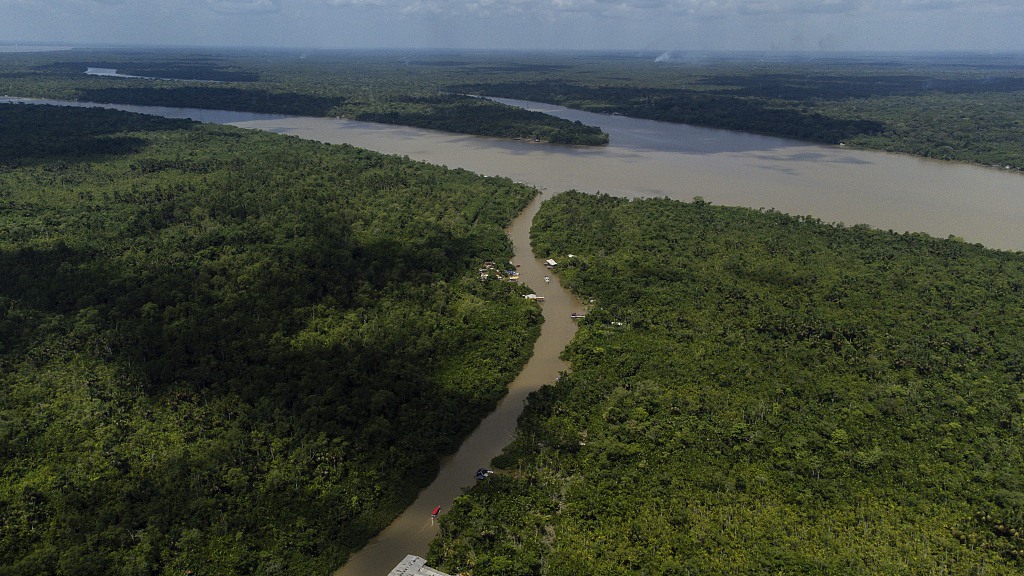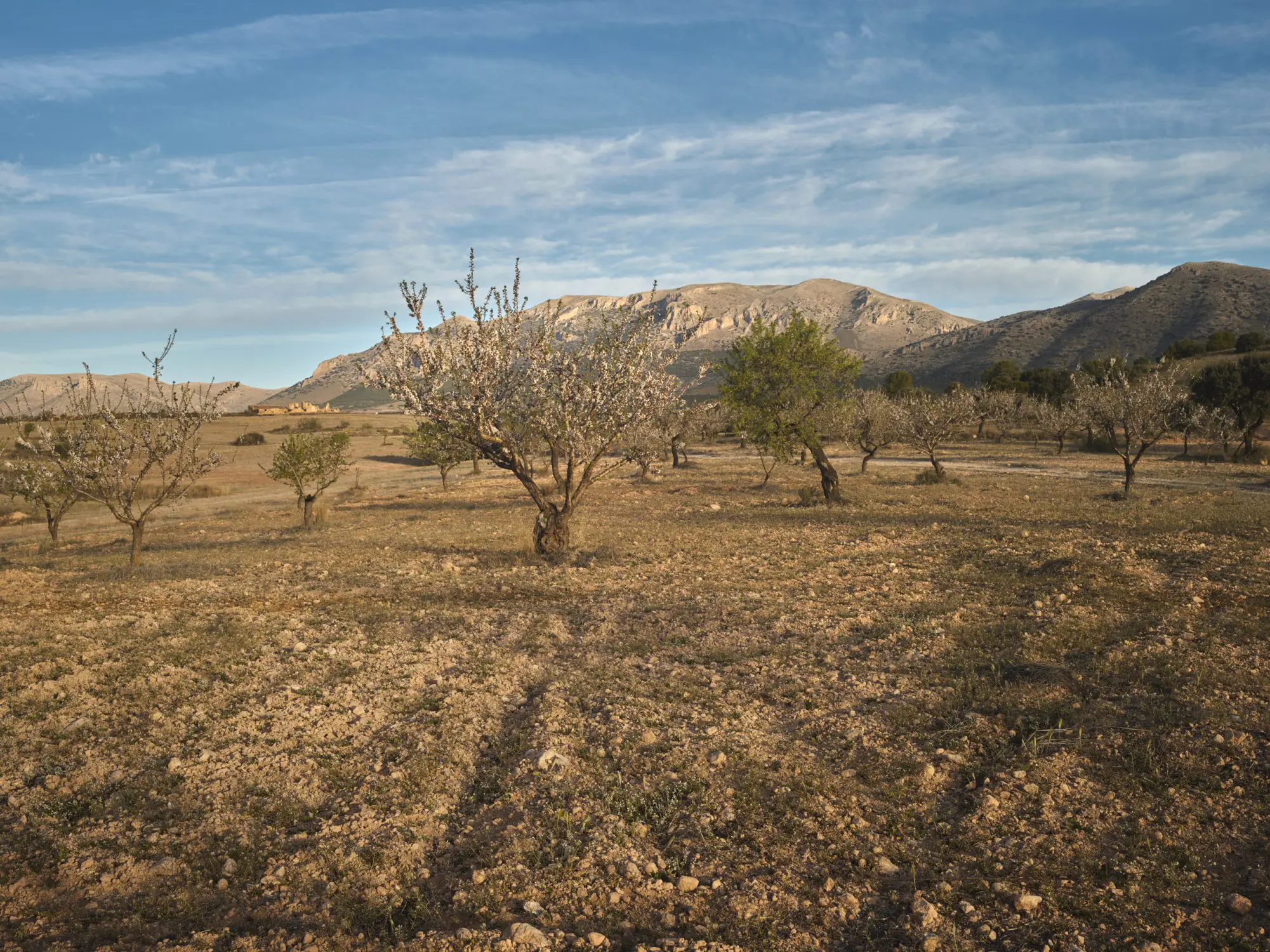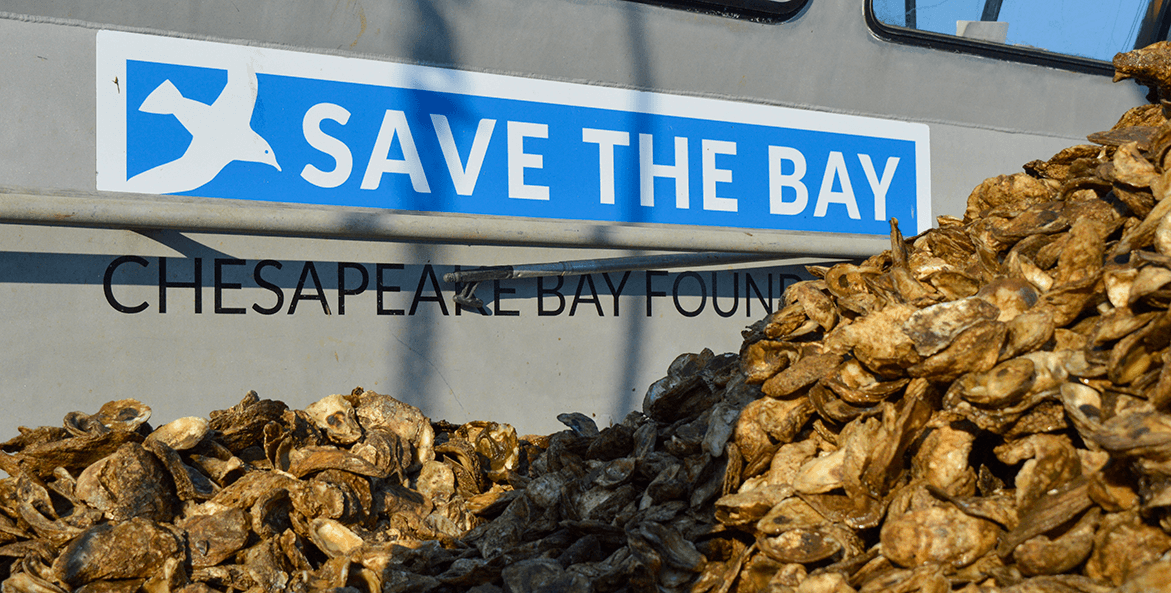In a time when sustainability news is often rather pessimistic, we think it’s also important to shed light on the positive developments and share the great projects that are happening. Preserving nature and enhancing sustainability is critical and urgent. There are already hundreds of projects helping the planet and helping society move in the right direction.
There is still so much to do, but let’s see what’s already happening out there.
The adoption of renewable energy sources has accelerated in 2023, with solar and wind power becoming increasingly competitive and cost-effective. Solar panel installations have skyrocketed, and wind farms are springing up across the globe, harnessing the power of nature to generate clean electricity. Denmark is a great example that demonstrates the feasibility of a renewable energy future, with 67% of their electric supply coming from renewable sources, of which 46.8% is wind energy.

Deforestation has historically been a major contributor to greenhouse gas emissions, but in 2023 the rate of deforestation has shown signs of slowing down. This encouraging trend is attributed to various factors, including increased conservation efforts, stricter regulations, and growing consumer demand for sustainable products.
Deforestation in the Amazon rainforest in Brazil, the Earth’s largest rainforest, has decreased by 22% in 2023, offering a glimmer of hope for the preservation of this vital ecosystem.

Regenerative agriculture is a set of farming practices that instead of simply extracting nutrients from the soil, aim to improve soil health, increase biodiversity, and enhance carbon sequestration. In the last years, these practices have gained traction among farmers worldwide, as we’ve come to realise that if we keep extracting from nature what we need without letting it recover, we’ll one day be out of resources. By adopting methods like cover cropping, no-till farming, and compost application, farmers are not only reducing their environmental impact but also improving soil productivity and crop yields.
A good example is the project developed by Metabolic for Alpro in the region of Catalonia, Spain, where they source almonds for Alpro’s almond drinks. Some of the 15 practices they implemented are ground cover cropping with natural vegetation and with cereals and legumes, applying manure as a substitute for mineral fertilisers and integrating farm animals for grazing.

Bycatch is the accidental capture and killing of non-target species in fishing gear. And it is a major threat to marine wildlife and can have significant biological, economic, and social impacts. In the Gulf of Mexico, bycatch is an important issue for the sustainability of the region’s fisheries, where shrimp trawls account for over 90% of the total bycatch.
Fortunately, the National Oceanic and Atmospheric Administration (NOAA) has been working with fishermen and developed solutions to reduce bycatch in the Gulf of Mexico. These efforts have helped to reduce bycatch by 50% since the mid-1990s, and up to 80% for some species. While there is still a long way to go, these are already promising developments that will continue in 2024 with $2.3 million available for collaborative bycatch reduction project
Last but not least, we’ll highlight a successful oyster restoration project.
Oyster reefs are essential for the health of the Chesapeake Bay ecosystem. They filter water, improving water quality and reducing nutrient pollution. They also provide habitat for a variety of marine life, from fish and crabs to small invertebrates. Unfortunately, as in most parts of the world, the Chesapeake Bay’s oyster population had declined by over 90% due to overfishing, habitat loss, pollution, and disease.

The Chesapeake Bay Foundation has been working to restore oyster reefs for over 30 years. It is a long term project, but it’s already making a significant difference for the Chesapeake Bay. Oysters are filter feeders, which means they clean the water by removing pollutants. The restoration of oyster reefs has helped to improve the water quality in the bay and has also created a habitat for fish and other marine life. According to the Chesapeake Oyster Alliance, as of November 2022 2.47 billion new oysters have been recorded.
The efforts in the Chesapeake Bay serve as a great example of the importance of oyster restoration and the impact it has on the environment as well as the economy and the people of the region.